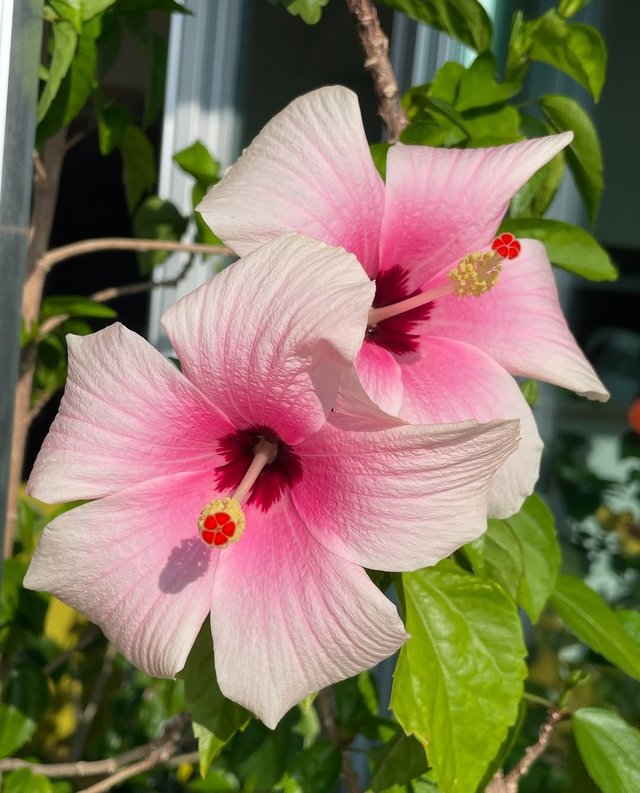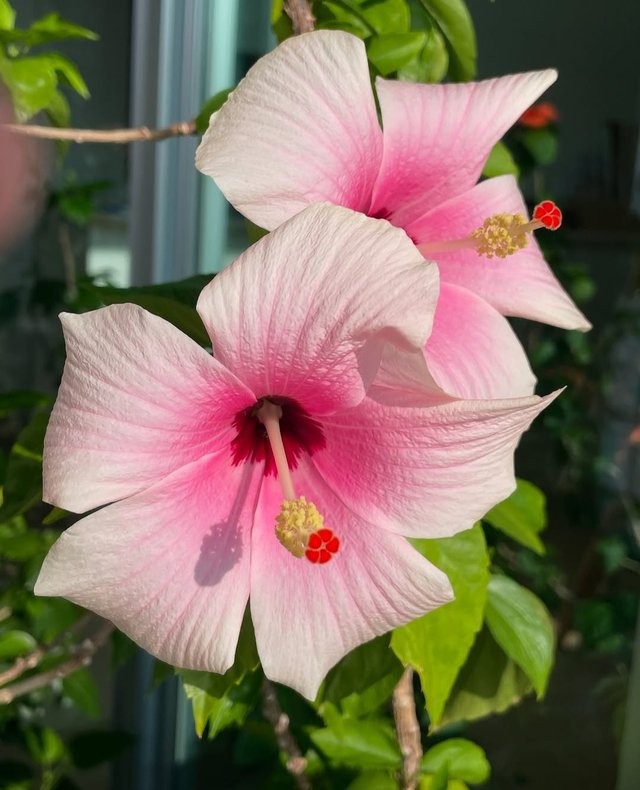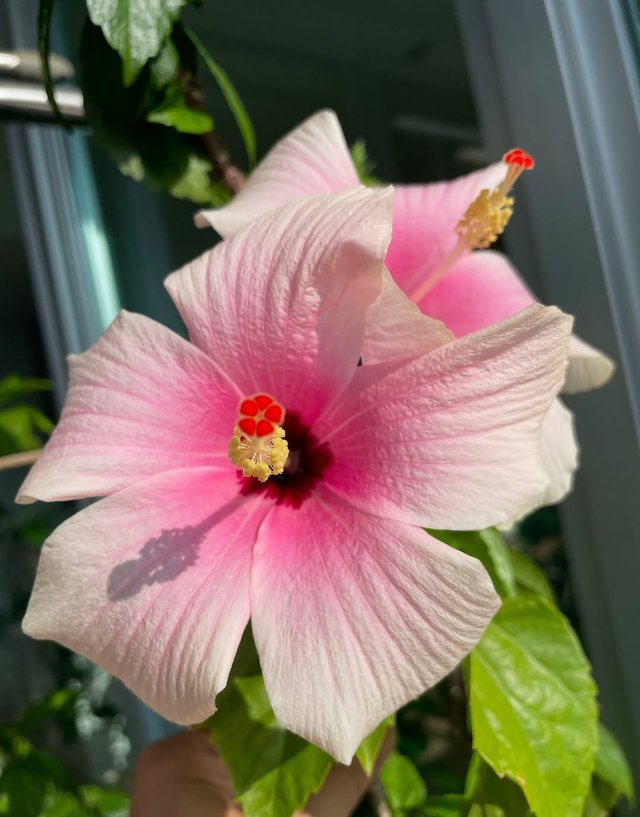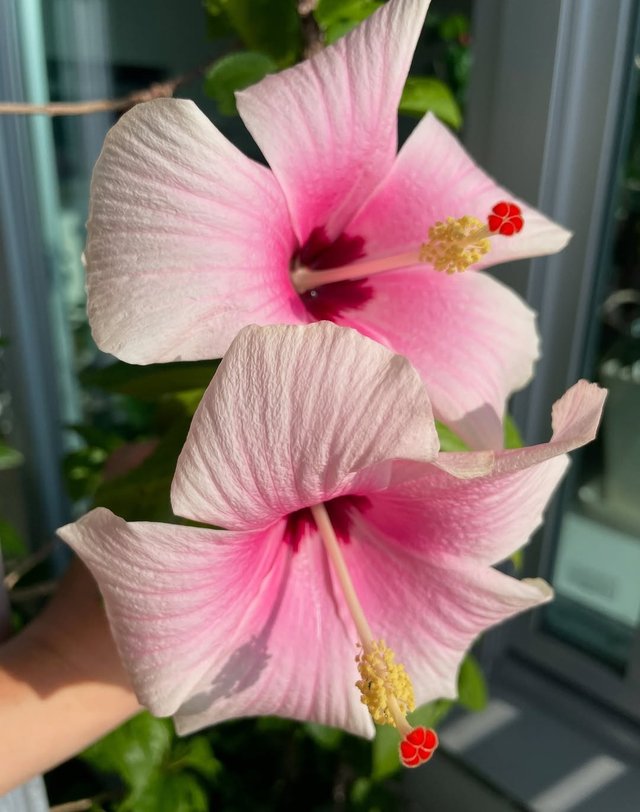Swamp Rose Mallow Flower
Swamp Rose Mallow: A Stunning Native Wetland Beauty
Swamp rose mallow, also known as hardy hibiscus or rose mallow, is a striking perennial plant that brings a burst of tropical charm to temperate gardens. Native to wetlands and marshes across the eastern and southern United States, this hardy member of the mallow family is admired for its enormous, hibiscus-like blooms and its ability to thrive in moist conditions. It has become a favorite among gardeners, wildlife enthusiasts, and conservationists alike.
Botanical Characteristics
Swamp rose mallow is a herbaceous perennial that can grow 4–7 feet tall, forming upright clumps of woody stems. The leaves are large, oval to heart-shaped, and often slightly toothed, providing a lush backdrop for its spectacular flowers. The plant’s most defining feature is its blooms—giant, saucer-shaped flowers that can reach 6–12 inches in diameter. The petals are soft and delicate, appearing in shades of white, pink, rose, or deep crimson, often with a contrasting red or maroon eye at the center. These blooms typically appear from mid-summer through early fall, making them a showstopper during the warm months.
Habitat and Distribution
In the wild, Hibiscus moscheutos is commonly found along the edges of marshes, swamps, tidal creeks, and wet meadows. Its native range spans from Texas and Florida northward to the Great Lakes and New England. Because of its preference for wet soils, it plays a key role in stabilizing shorelines and supporting wetland ecosystems.
Cultivation and Garden Uses
Gardeners appreciate swamp rose mallow for its resilience and tropical appearance. Here are some tips for growing it successfully:
Soil and Moisture: It thrives in consistently moist, rich soils but can adapt to average garden beds if watered regularly. It is an excellent choice for rain gardens or areas prone to occasional flooding.
Sunlight: Full sun is ideal, as this promotes abundant flowering. Partial sun can be tolerated, though it may reduce bloom production.




%20(10).jpeg)